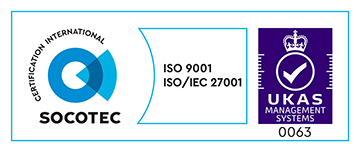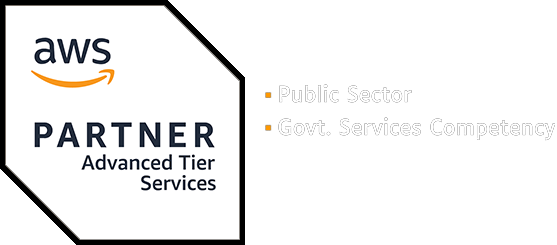This month, we celebrate Black history, and to mark Black History Month at Made Tech, we’ve decided to put together a few team interviews to get a better insight to what Black history and culture means to our team members.
International Women’s Day: Challenging gender bias and inequality
As part of our team’s International Women’s Day celebration, members from our leadership team have shared some of the ways they #ChooseToChallenge gender bias and inequality to create a better culture for people at Made Tech and the wider community.
The Hierarchical Model-View-Controller Pattern
In this post I’m going to talk about a software architecture pattern we use when we have a number of dynamic content types shared across multiple pages.
Why a Made Tech IPO – and why now?
We’re listing our shares on the London Stock Exchange, becoming a public company as of this morning. So I just want to share our reasons, so hopefully everyone can see that this is not only good news for Made Tech as a business, but more importantly for our customers and our staff.
What makes a great Tech Lead?
If you’re a developer trying to understand what may be required to take a step up, then you’ve come to the right place. In this article, we’ll discuss a few of the traits that we look for when hiring or promoting into Tech leadership roles:




